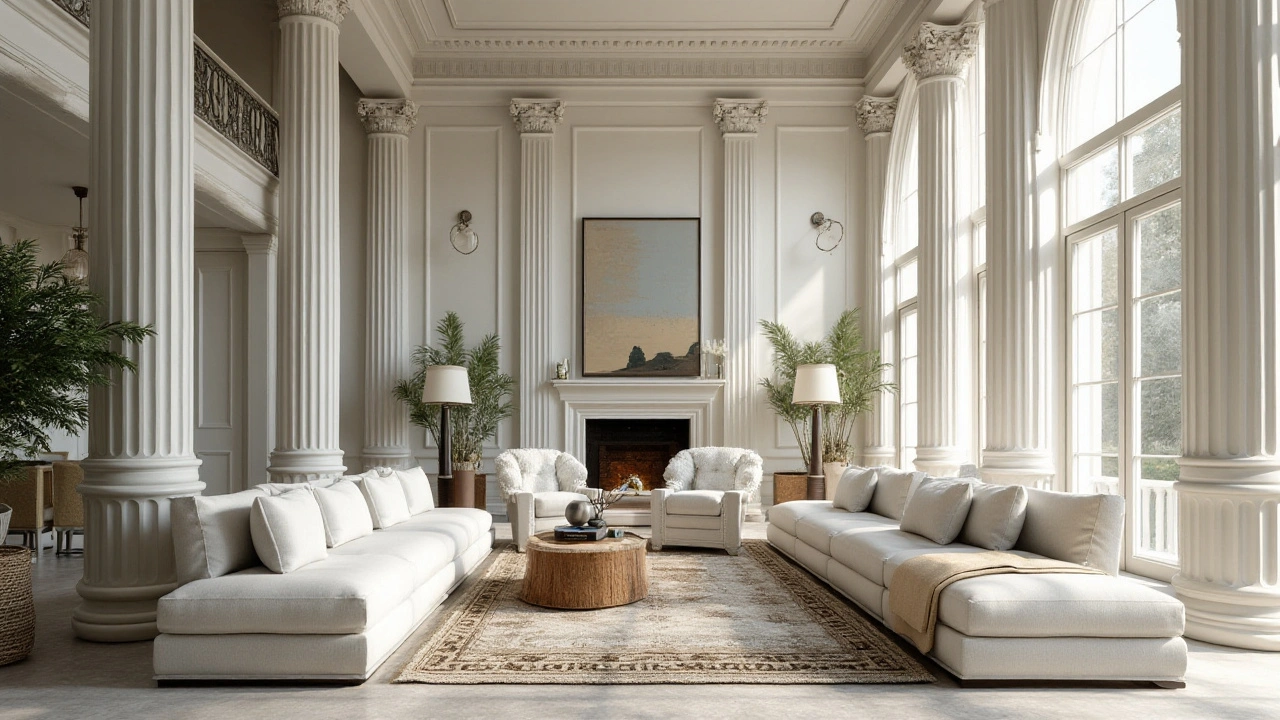Modern trends in architecture & art — why old styles keep coming back
You see a clean, minimalist apartment next to a grand Beaux-Arts building, and both feel current. Modern trends aren’t only about new materials or tech — they’re about how designers pick and remix past styles so they work for today. Want to spot what’s actually fresh and what’s nostalgic dressing? Here’s a practical guide.
What to watch for in current design
Minimalism shows up everywhere: in apps, furniture, and tiny urban homes. The posts on minimalism in tech and beginner tips explain the same rule architects follow — remove what doesn’t help function. Contrast that with revivalism, which borrows visible cues from Greek Revival, Georgian, or Colonial styles but often simplifies them. Revivalism’s popularity is obvious in neighborhoods that mix classic columns or gambrel roofs with modern windows and open plans.
Postmodernism and expressionist moves bring playfulness back. They mash historical references with bright colors or odd shapes, the kind of bold choices you see in postmodern facades and expressionist public buildings. Those designs remind us that a building can be witty or emotional, not just efficient.
How old techniques inform new work
Roman and Byzantine engineering taught durability and grand spatial ideas — think domes and arches — and modern architects borrow those forms while using concrete, steel, or glass. Beaux-Arts and Renaissance details still influence civic buildings and luxury homes, but current trends tone down ornament and focus on proportion and light instead of heavy decoration.
Preservation is also a trend. Restoring Beaux-Arts or Gothic Revival facades is now paired with retrofitting interiors for energy efficiency. That creates buildings that look historic but perform like modern ones. The posts about preserving Beaux-Arts and the practical guides to Gothic Revival make these ideas easy to apply if you’re renovating.
Want practical tips for your home? Use these quick rules: 1) Pick one strong historical reference (a column, a roofline, a window type). 2) Simplify the detail so it reads as modern. 3) Match materials to today’s needs — insulation, efficient glazing, and low-maintenance finishes. That way, a Greek Revival portico or Craftsman trim won’t feel out of place in 2025.
For city lovers and travelers, spotting trends is a fun skill. Look for how older styles like Romanesque or Baroque show up as bold massing or dramatic interiors in newer buildings. In many cities, Art Nouveau and Rococo details peek out on facades that have been updated with contemporary signage and lighting.
Modern trends balance function, memory, and surprise. Whether you like pure minimalism, curated revival touches, or playful postmodern twists, the smart move is to pick what serves living better — comfort, light, and durability — while letting history give your space character.

Reviving Greek Revival: Modern Takes on Timeless Architecture
Greek Revival architecture has made a remarkable comeback in contemporary design, blending timeless elegance with modern innovation. This resurgence pays homage to classic elements such as grand columns, symmetrical proportions, and historical motifs while integrating sustainable materials and smart technology. Cutting-edge architects are redefining this aesthetic to resonate with today’s lifestyle needs, creating harmonious living spaces that honor tradition yet embrace modernity. The revitalization of Greek Revival styles in urban and residential settings reaffirms its perennial charm and versatile adaptation. Offering practical tips, this piece explores how to incorporate these majestic designs into modern living.
Read more